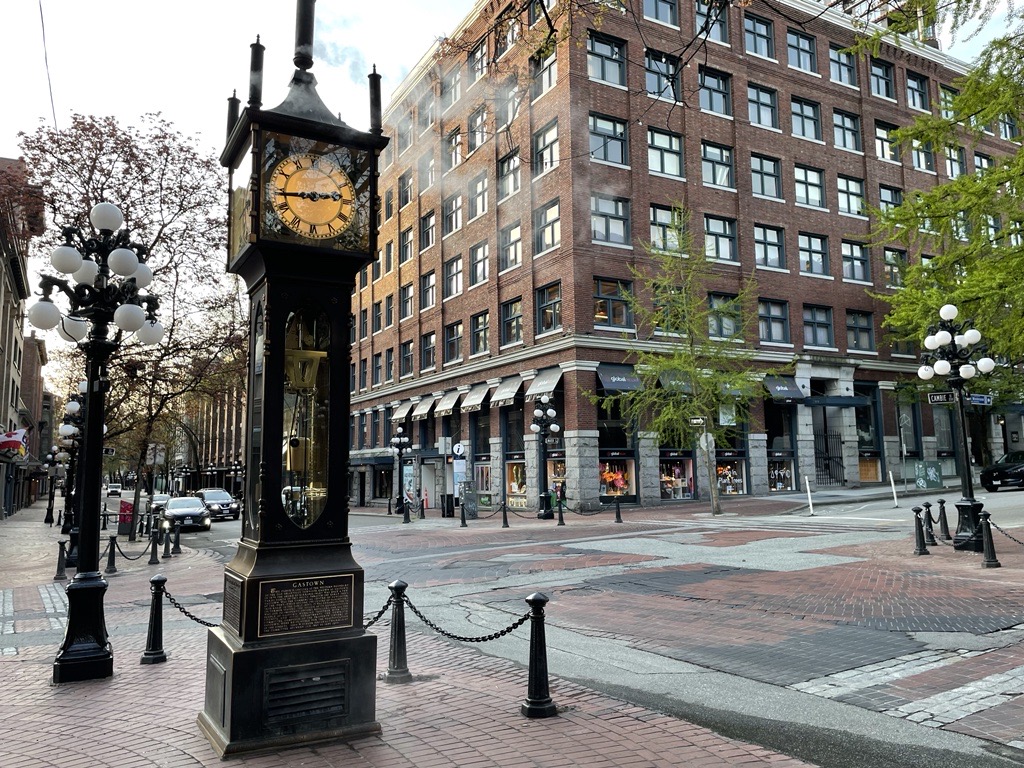Feds: Texas man tried planting bomb on Confederate statue
Posted August 21, 2017 11:04 am.
Last Updated August 21, 2017 5:00 pm.
This article is more than 5 years old.
HOUSTON – A Houston man who’s previously been convicted on explosives-related charges has been arrested after allegedly being caught trying to plant explosives on a Confederate statue at a Houston park, authorities said Monday.
Prosecutors allege 25-year-old Andrew Schneck was caught on Saturday evening near a statue of Richard Dowling, a lieutenant in the Confederate army. A Houston park ranger found Schneck holding two boxes with duct tape and wires as well as a bottle and a small tube containing compounds that tests later revealed were explosive materials, according to a criminal complaint.
Schneck’s arrest comes after events in Charlottesville, Virginia, where a white supremacist rally over the removal of a Confederate statue resulted in three deaths, and the removals of other statues nationwide, including at Duke University and late Sunday evening at the University of Texas at Austin.
Schneck was charged with attempting to maliciously damage or destroy property receiving federal financial assistance. He made his initial court appearance on Monday and was to remain in federal custody until a detention hearing on Thursday.
Philip Hilder, Schneck’s attorney, declined to comment Monday.
Schneck had been arrested in 2014 on a charge of improperly storing explosive materials at his Houston home. He pleaded guilty and was sentenced to five years of probation. According to court documents, Schneck has a bachelor’s degree in chemistry from Austin College in Sherman, Texas.
In November, a federal judge approved a request by Schneck’s attorneys for early termination of his sentence. In his motion, Hilder had written that Schneck “is not a risk to public safety” and that “his focus is no longer concentrated on high-risk activities.”
Investigators were still determining a motive for Saturday’s attempted bombing but there are “no indications of any additional threats to the Houston area,” said Deron Ogletree, assistant special agent in charge with the FBI’s Houston office.
The statue in Houston, located in Hermann Park, is of Richard W. “Dick” Dowling, an Ireland-born Houston saloon owner. His Confederate unit defeated a Union invasion force at the Battle of Sabine Pass in 1863. Dowling was hailed as a war hero in Houston, and the end of the war saw him resume his successful business career until his death in 1867.
“When asked by (the park ranger) if he wanted to harm the statue, Schneck responded that he did, and that he (Schneck) did not ‘like that guy,'” according to the criminal complaint.
Authorities allege that Schneck was caught with a plastic bottle with what is likely nitroglycerin, an active ingredient in the manufacture of explosives, and with a small aluminum tube that contained a white powder that tests showed was Hexamethylene triperoxide diamine, which is used as an initiating or primary explosive. When he was confronted by the park ranger, Schneck tried to drink the bottle that had the nitroglycerin but spit out the liquid and then poured it out on the ground.
The Houston police bomb squad said a timer, wires connected to a homemade detonator, battery and the Hexamethylene triperoxide diamine found in Schneck’s possession “were capable to produce a viable explosive device,” according to the criminal complaint.
Schneck told police he had other chemicals at his Houston home. On Monday, houses located near Schneck’s home were evacuated as authorities worked to dispose of materials found in his home, where he lives with this mother.
The materials were disposed of during a small controlled detonation at the home Monday afternoon, said Houston Fire Department Chief Samuel Peña.
Authorities declined to specify what materials they found in the home, citing the ongoing investigation.
Schneck’s mother told authorities that her son uses one of their properties “to conduct his chemistry experiments,” according to the criminal complaint.
Houston Mayor Sylvester Turner had previously announced the city had begun compiling an inventory of its Confederacy-related statues to determine if any action should be taken with regard to them.
“I’m going to ask everybody in this city to remain calm. I understand everybody has a First Amendment right. But you do not have a First Amendment Right to deface any of the public art, any of the statues, the monuments that exist in this city,” Turner said.
___
Follow Juan A. Lozano on Twitter at www.twitter.com/juanlozano70










